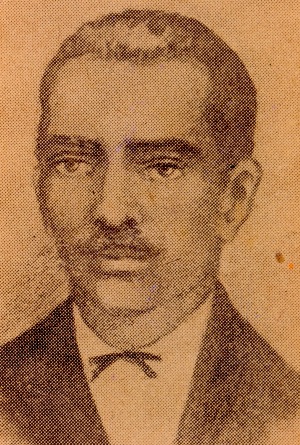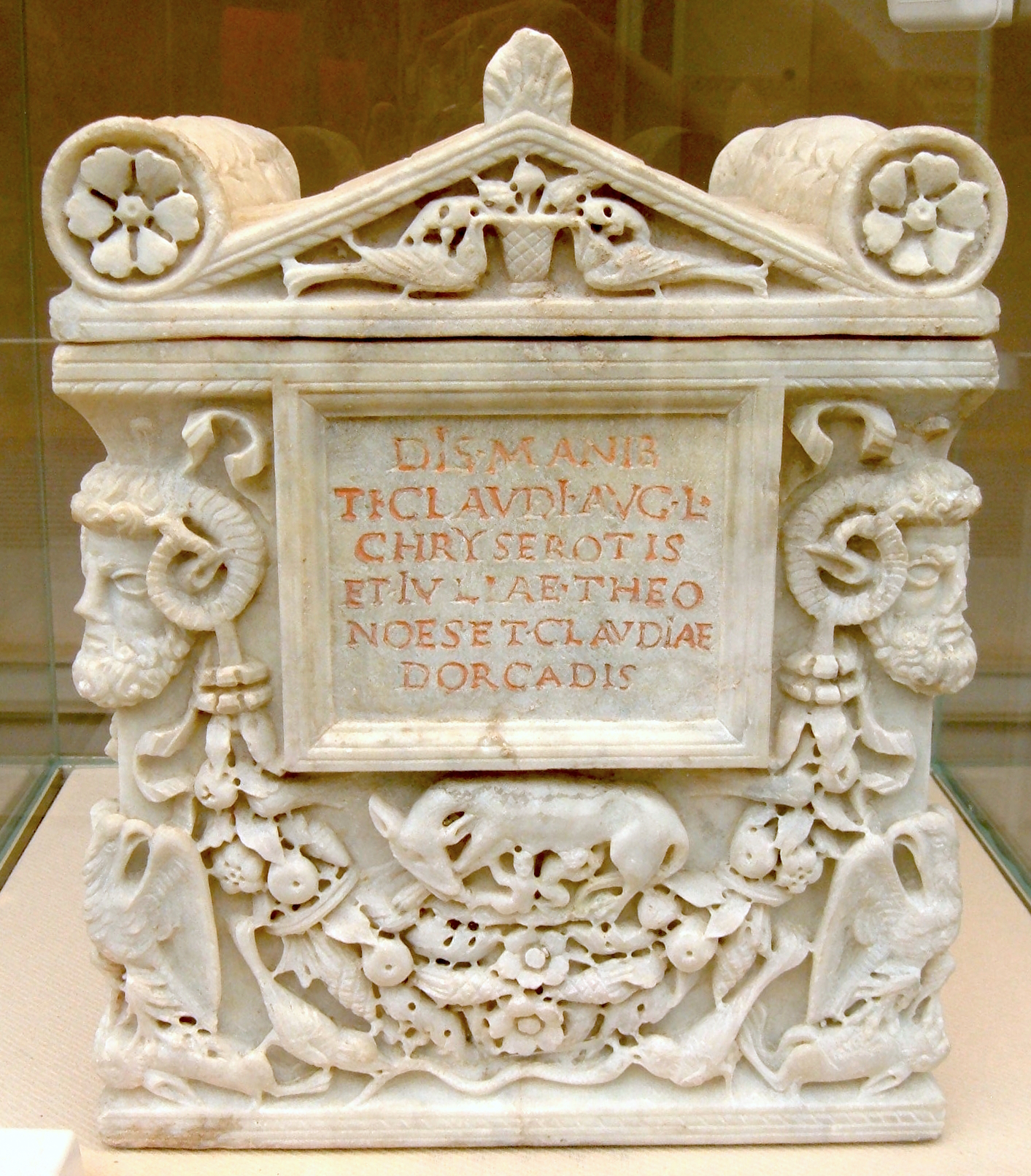|
Eusebio Puello
Eusebio Puello de Castro (1811 – December 15, 1871) was a Dominican general who displayed great leadership skills and bravery; he stood out during the Dominican War of Independence. After serving in the Haitian occupation of Santo Domingo, Haitian regime, he joined the Dominican independence movement and signed the manifesto of January 16, 1844. He was among the many participants in the revolt that led to the proclamation of the First Dominican Republic on February 27, 1844. He would soon rise to prominence in the many battles against Haiti, much like his brothers José Joaquín Puello, José Joaquín and Gabino Puello, Gabino. However, unlike his patriotic brothers, Eusebio began to switch alliance to Spain beginning in the 1860s. As a general for the Spanish Army, he fought vigorously against the Dominican insurgents in the Dominican Restoration War. By 1865, Spain lost its dominance on the island, leading numerous Dominicans, including Puello, to emigrate to Cuba or Puerto ... [...More Info...] [...Related Items...] OR: [Wikipedia] [Google] [Baidu] |
Santo Domingo
Santo Domingo, formerly known as Santo Domingo de Guzmán, is the capital and largest city of the Dominican Republic and the List of metropolitan areas in the Caribbean, largest metropolitan area in the Caribbean by population. the Distrito Nacional, city center had a population of 1,029,110 while its Metropolitan area, the Greater Santo Domingo, had a population of 4,274,651. The city is coterminous with the boundaries of the Distrito Nacional (D.N.), itself bordered on three sides by Santo Domingo Province. Santo Domingo was founded in 1496 by the Spanish Empire and is the oldest continuously inhabited European colonization of the Americas, European settlement in the Americas. It was the first seat of Spanish colonial rule in the New World, the Captaincy General of Santo Domingo. Santo Domingo is the site of the first university, cathedral, castle, monastery, and fortress in the New World. The city's Ciudad Colonial (Santo Domingo), Colonial Zone was declared as a World Herit ... [...More Info...] [...Related Items...] OR: [Wikipedia] [Google] [Baidu] |
Cuba
Cuba, officially the Republic of Cuba, is an island country, comprising the island of Cuba (largest island), Isla de la Juventud, and List of islands of Cuba, 4,195 islands, islets and cays surrounding the main island. It is located where the northern Caribbean Sea, Gulf of Mexico, and Atlantic Ocean meet. Cuba is located east of the Yucatán Peninsula (Mexico), south of both Florida and the Bahamas, west of Hispaniola (Haiti/Dominican Republic), and north of Jamaica and the Cayman Islands. Havana is the largest city and capital. Cuba is the List of countries and dependencies by population, third-most populous country in the Caribbean after Haiti and the Dominican Republic, with about 10 million inhabitants. It is the largest country in the Caribbean by area. The territory that is now Cuba was inhabited as early as the 4th millennium BC, with the Guanahatabey and Taino, Taíno peoples inhabiting the area at the time of Spanish colonization of the Americas, Spanish colonization ... [...More Info...] [...Related Items...] OR: [Wikipedia] [Google] [Baidu] |
Puerta Del Conde
La Puerta del Conde (The Count's Gate) was the main entrance to the fortified city of Santo Domingo (in present-day Dominican Republic), named to honor Governor Captain-General Bernardino de Meneses Bracamonte y Zapata, 1st Count of Peñalva, who during his tenure saved the city from a siege in 1655 by Englishmen General Robert Venables and Admiral William Penn amid the Third Anglo-Spanish War. The gate is part of a structure called El Baluarte del Conde (The Count's Bulwark), a fort in Ciudad Colonial, the colonial area of Santo Domingo. The fort was part of a larger system of fortifications that ran along a defensive wall which surrounded Ciudad Colonial. The Altar of the Fatherland and Independence Park are located there. Francisco del Rosario Sánchez, one of the Dominican Founding Fathers, proclaimed Dominican independence and raised the first Dominican Flag, on February 27, 1844. History Colonial era The construction of this site began in 1543 and the site was origi ... [...More Info...] [...Related Items...] OR: [Wikipedia] [Google] [Baidu] |
Francisco Del Rosario Sánchez
Francisco is the Spanish and Portuguese form of the masculine given name ''Franciscus''. Meaning of the name Francisco In Spanish, people with the name Francisco are sometimes nicknamed " Paco". San Francisco de Asís was known as ''Pater Communitatis'' (father of the community) when he founded the Franciscan order, and "Paco" is a short form of ''Pater Communitatis''. In areas of Spain where Basque is spoken, " Patxi" is the most common nickname; in the Catalan areas, "Cesc" (short for Francesc) is often used. In Spanish Latin America and in the Philippines, people with the name Francisco are frequently called " Pancho". " Kiko"and "Cisco" is also used as a nickname, and "Chicho" is another possibility. In Portuguese, people named Francisco are commonly nicknamed " Chico" (''shíco''). People with the given name * Pope Francis (1936-2025) is rendered in the Spanish, Portuguese and Filipino languages as Papa Francisco * Francisco Acebal (1866–1933), Spanish writer and au ... [...More Info...] [...Related Items...] OR: [Wikipedia] [Google] [Baidu] |
Captain
Captain is a title, an appellative for the commanding officer of a military unit; the supreme leader or highest rank officer of a navy ship, merchant ship, aeroplane, spacecraft, or other vessel; or the commander of a port, fire or police department, election precinct, etc. In militaries, the captain is typically at the level of an officer commanding a company or battalion of infantry, a ship, or a battery of artillery, or another distinct unit. It can also be a rank of command in an air force. The term also may be used as an informal or honorary title for persons in similar commanding roles. Etymology The word "captain" derives from the Middle English "capitane", itself coming from the Latin Latin ( or ) is a classical language belonging to the Italic languages, Italic branch of the Indo-European languages. Latin was originally spoken by the Latins (Italic tribe), Latins in Latium (now known as Lazio), the lower Tiber area aroun ... "caput", meaning "head". It is consi ... [...More Info...] [...Related Items...] OR: [Wikipedia] [Google] [Baidu] |
Corporal First Class
Corporal first class is a military rank in use by many militaries and is usually a non-commissioned officer. Singapore Corporal first class (CFC) is the highest enlistee rank in the Singapore Armed Forces, ranking above corporal. This honourable rank is conferred on proficient and competent corporals by recommendation to the formation or division HQ. Since CFCs are groomed to be Strategic Corporals, they are usually given higher appointments or other equivalent responsibilities. The rank was first introduced in the Singapore Armed Forces on 1 September 1988. At that time, its insignia was indicated by two downward chevrons on the arm, with a horizontal bar above the chevrons. However, the CFC rank was phased out from the NS ranks shortly after the revamp of the NS sergeant ranks in the 1990s. Reintroduced in 2008, the CFC rank insignia was redesigned with an additional arc on top of the rank insignia for a corporal. Gallery Army File:Angola-Army-OR-4.svg, (Angolan Army) File:E ... [...More Info...] [...Related Items...] OR: [Wikipedia] [Google] [Baidu] |
Haitian Army
Originating from the Army of Saint-Domingue (1791–1803), then the Indigenous Army (1803–1915), the Haitian Army (''Armée d'Haiti'') is the Land warfare, land component of the Armed Forces of Haiti. It is the largest branch of the armed forces since its reinstatement in 2017 by then President Jovenel Moïse. Mission History Organization Bases * Headquarters of the Armed Forces of Haiti (''Grand Quartier des Forces Armées d'Haiti''), Champ de Mars (Haiti), Champ de Mars, Port-au-Prince * ''"Anacaona" Base'', Léogâne. ** Previously housing the Republic of Korea Army, South Korean Army contingent of the MINUSTAH ** Serves as the recruitment and formation center of the Armed Forces. * ''Military Aviation'' (''Aviation Militaire'') Base, Clercine, Port-au-Prince ** next door to Toussaint Louverture International Airport ** The Main Garrison of the Aviation Corps (Armed Forces of Haiti), Aviation Corps, it also houses the National Guard Unit. Previously housing a ... [...More Info...] [...Related Items...] OR: [Wikipedia] [Google] [Baidu] |
Jean-Pierre Boyer
Jean-Pierre Boyer (; 15 February 1776 – 9 July 1850) was one of the leaders of the Haitian Revolution, and the president of Haiti from 1818 to 1843. He reunited the north and south of the country into the Republic of Haiti in 1820 and also annexed the newly independent Spanish Haiti (Santo Domingo), which brought all of Hispaniola under one Haitian government by 1822. Serving as president for just under 25 years, Boyer managed to rule for the longest period of time of any Haitian leader. Early life and education Boyer was born in Port-au-Prince and was the biracial son of a French tailor and an African mother, a former slave from the Congo. He was sent to France by his father for his education. During the French Revolution, he served as a battalion commander, and fought against Toussaint Louverture in the early years of the Haitian Revolution. He later allied himself with André Rigaud, also of mulatto ancestry, in the latter's abortive insurrection against Toussaint to try ... [...More Info...] [...Related Items...] OR: [Wikipedia] [Google] [Baidu] |
Freedman
A freedman or freedwoman is a person who has been released from slavery, usually by legal means. Historically, slaves were freed by manumission (granted freedom by their owners), emancipation (granted freedom as part of a larger group), or self-purchase. A fugitive slave is a person who escaped enslavement by fleeing. Ancient Rome Rome differed from Greek city-states in allowing freed slaves to become plebeian citizens. The act of freeing a slave was called ''manumissio'', from ''manus'', "hand" (in the sense of holding or possessing something), and ''missio'', the act of releasing. After manumission, a slave who had belonged to a Roman citizen enjoyed not only passive freedom from ownership, but active political freedom ''(libertas)'', including the right to vote. A slave who had acquired ''libertas'' was known as a ''libertus'' ("freed person", feminine ''liberta'') in relation to his former master, who was called his or her patron ''( patronus)''. As a social class, fr ... [...More Info...] [...Related Items...] OR: [Wikipedia] [Google] [Baidu] |
España Boba
In the history of the Dominican Republic, the period of ''España Boba'' (Spanish for "Meek Spain") lasted from 9 July 1809 to 1 December 1821, during which the Captaincy General of Santo Domingo was under Spanish rule, but the Spanish government exercised minimal powers because its resources were attenuated by the Peninsular War and the various Spanish American wars of independence. The period ended when Dominican officials declared a short-lived independence on 30 November 1821. In February 1822, Haiti annexed former Santo Domingo, leading to an occupation that lasted until 1844. Background Spanish Santo Domingo had been ceded to France as a result of the Peace of Basel in 1795. Many Dominicans chose to go into exile in Cuba, Puerto Rico and other Spanish areas. France, nevertheless, maintained only nominal control over the acquired area, with most of the colony's administration staffed by Dominicans and Spaniards and Spanish laws and traditions maintained. The situation ... [...More Info...] [...Related Items...] OR: [Wikipedia] [Google] [Baidu] |





